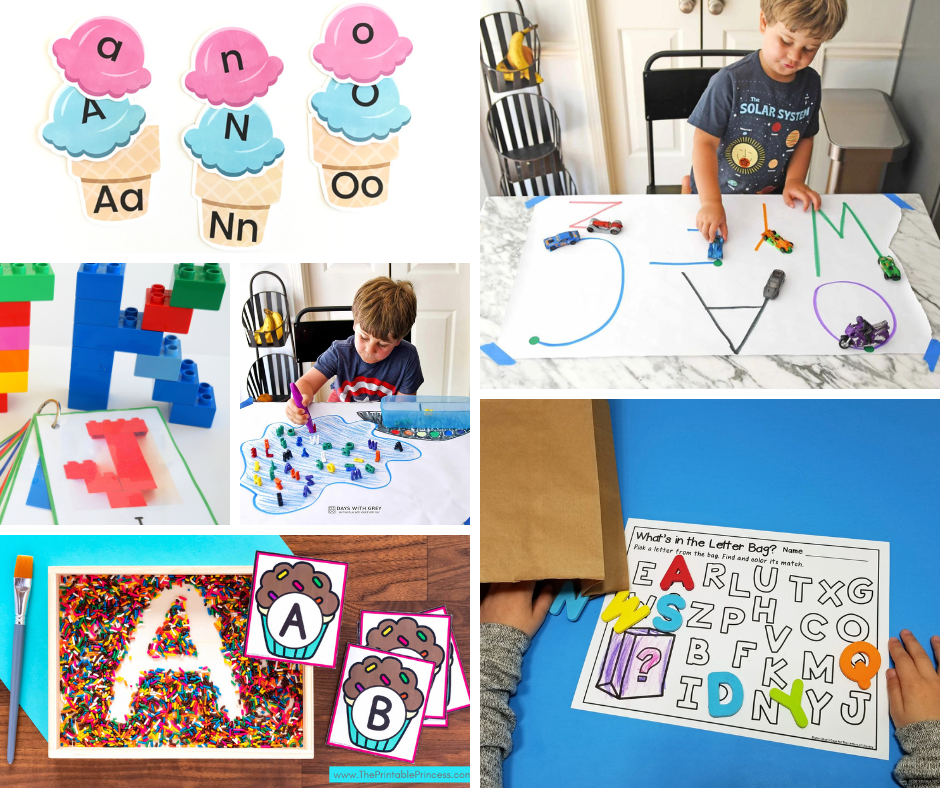Finding Your Homeschooling Rhythm
Are you struggling with finding your homeschooling rhythm? Balancing education, playtime, chores, and rest can seem like a juggling act. The right homeschool schedule is more than just a timetable; it’s a framework that can bring structure, predictability, and balance to your family’s day.
This balance is essential, not just for educational outcomes, but also for nurturing relationships and ensuring everyone’s well-being. While perfectly matching the rhythm of a traditional school is not the aim, creating a homeschool schedule tailored to your family’s unique needs can significantly enhance the homeschooling experience.
Let’s explore practical advice and tips on how to create a rhythm that works for you.

Understanding Your Family’s Unique Needs
Recognizing and catering to each child’s unique learning style is the first step towards creating a successful homeschooling schedule. Some children might excel with visual aids, others might be auditory learners, while still others could prefer a hands-on approach. Tailoring your plan to suit these individual needs can make learning more effective and enjoyable.
Adaptability is another crucial factor to consider. The beauty of homeschooling lies in the flexibility it offers. It allows you to integrate your family’s lifestyle — be it work commitments, extracurricular activities, or travel plans — into the educational schedule. This can help to maintain a healthy balance between learning and leisure.
Embracing flexibility can ease pressure, reduce stress, and make homeschooling a more rewarding journey for both parents and children.
Finding Your Homeschooling Rhythm
In this section, we delve into the practical aspects of establishing a homeschooling rhythm that keeps everyone motivated and engaged. We’ll share tips on how to incorporate breaks, allocate time for outdoor activities, and ensure self-care is not sidelined. Remember, there’s no one-size-fits-all approach; it’s all about finding what best suits your family’s dynamics. Let’s dive in!
Setting Realistic Goals
Setting realistic and achievable goals is the foundation of a successful homeschooling schedule. These goals should reflect the learning pace and abilities of your children, not merely academic milestones. A well-planned target can motivate your children, give them a sense of purpose, and help them track their progress. Remember, the objective should be to promote love for learning, not just to cover the curriculum.
Structuring Academic Time
When it comes to structuring academic time, one size doesn’t fit all. Some children may thrive with a structured schedule, while others might need a more flexible approach. Start with core academic subjects when the children’s energy levels are high, usually in the morning. Rotate subjects throughout the week to maintain interest and engagement. Also, consider incorporating hands-on activities and practical applications to make learning more exciting.
Importance of Breaks and Leisure Time
Breaks and leisure time are as important as academic learning in a homeschooling schedule. Regular breaks can prevent burnout and enhance productivity. Include short breaks, lunchtime, and longer breaks for physical activities in your daily schedule. Leisure time can be used for personal hobbies, relaxation, or for pursuing interests that may not fall within traditional academics. This balance can help children appreciate the joy of learning without feeling overwhelmed.
Incorporating Outdoor and Physical Activities
Physical activities and outdoor time play a pivotal role in a homeschooling schedule. Not only do they promote physical health, but they also offer opportunities for experiential learning and social interaction. Plan for daily outdoor time, be it structured games, free play, nature walks, or field trips. These activities can invigorate the mind, offer a refreshing break from academics, and enhance the homeschooling experience. Remember, education is not confined to textbooks, and the world outside offers a treasure trove of learning opportunities.

Tips for Creating a Balanced Schedule
Creating a balanced homeschooling schedule goes beyond academic planning. It’s about fostering a healthy daily routine that combines learning with relaxation, physical activity, and self-care.
Below, we offer some practical tips that you may find useful in this endeavor:
Setting and adhering to regular bedtimes and wake-up times – A consistent sleep schedule supports better learning and provides a sense of structure and predictability, crucial elements in a homeschooling environment.
Using visual schedules and timers – These can be excellent tools for helping children understand their daily routines, manage their time effectively, and transition between activities.
Balancing screen time and hands-on learning – While technology can be a substantial educational aid, it’s essential to balance it with hands-on learning experiences to ensure a comprehensive learning environment.
Including self-care for both parents and children in the schedule – In the hustle and bustle of homeschooling, don’t overlook the importance of self-care. Integrating regular breaks, relaxation activities, and stress-management techniques into your schedule can help maintain a healthy learning atmosphere. Remember, when parents are relaxed and rejuvenated, they are better equipped to facilitate effective homeschooling.

The Value of Experimentation
Embracing experimentation in your homeschooling journey is not just beneficial—it’s essential. Just as each child is unique, so too will be the rhythm that best suits your family’s educational endeavors.
In this section, we explore the importance of trying different schedules, learning through trial and error, and remaining open to change and adaptation in your homeschooling schedule.
Encouragement to try different schedules
Don’t hesitate to experiment with different schedules until you find one that works best for your family. This could mean different start times, different lengths for learning sessions, and different periods for breaks. It might seem daunting, but remember that your family’s optimal rhythm is a discovery process. Every experiment, successful or not, brings you one step closer to that goal.
Learning from trial and error
Trial and error are inherent parts of the process when finding your homeschooling rhythm. Mistakes are not setbacks, but opportunities for learning and growth. If a certain schedule or teaching method isn’t working, take a moment to understand why and try a different approach. The key is to remain patient and persistent—remember, your journey is unique and what works for others might not work for you.
Being open to change and adaptation
Finally, be open to change and adaptation. Your homeschooling schedule is not set in stone and should evolve with your family’s needs and circumstances. If your children are losing interest, mix things up. If they’re struggling with a subject, adjust your teaching approach. Be flexible and adaptable, remembering that the ultimate goal is to foster a love for learning and cultivate a nurturing, well-rounded educational environment. Remember, homeschooling is not a rigid structure, but a fluid journey that should adapt to your family’s needs.

Homeschooling is a journey that is as unique as your family. It’s about finding a rhythm or schedule that aligns with your family’s needs, lifestyle, and learning preferences. Remember, the goal isn’t to replicate a traditional school structure at home, but to create an environment where learning is natural, engaging, and flexible.
Even though it may take time to find your ideal rhythm, the process can be a rewarding experience filled with valuable lessons and shared moments. Don’t forget to incorporate breaks, leisure time, outdoor activities, and self-care into your routine to ensure a balance between work and play.
Above all, embrace the journey. There will be trial and error, adaptations, and moments of uncertainty, but rest assured that every step, every experiment, brings you closer to creating a homeschooling experience that is fulfilling, balanced, and tailored specifically to your family.
Stay patient, stay curious, and remember that the beauty of homeschooling lies in its flexibility and adaptability. Your homeschooling adventure is yours to create, and the freedom to experiment is the key to finding your perfect homeschooling rhythm.











